Modern lifestyles demand connection to the internet. Whether we’re checking train times, answering emails, or posting on social media, for most of us, being “online” is a must for business and pleasure. That’s why we increasingly see wi-fi availability in cafes and restaurants, on public transport, and in airports.
This has prompted airlines to offer internet in the skies. While such a service is still in its infancy, today, travellers on Aer Lingus, Aeroflot, American Airlines, British Airways, Etihad, Hong Kong Airlines, Qatar Airways, United, US Airways, Virgin and many others can enjoy wi-fi at 40,000 feet.
How does in-flight wi-fi work?
Air travel was once a great way to escape our digital world. But now the excuse – “I didn’t get your email as I was flying”, may not be viable as wi-fi on planes is now more common.
It works in two ways: either signal comes from ground-based towers to an antenna on the plane’s fuselage or via satellites in geostationary orbit. The infrastructure to make this work varies from place to place, with the USA currently leading the way,
Indeed, the States is a frontrunner in reliable in-flight wi-fi thanks to its development of a satellite network that sees signals sent and received via earth-based receivers and transmitters. Information passes between the aircraft and ground via the satellite. The plane connects to the closest signal, and wi-fi is distributed amongst the passengers via an on-board router.
How to access in-flight wi-fi and how to make it faster?
Turn on your device and connect to the available in-flight wi-fi network. Log in via the welcome screen, accepting the terms, and enter your details. You’ll need to do this whether the service is free or subscription-based. Depending on the service, you’ll be given free wi-fi for a limited time or be asked to purchase a plan such as Delta Airlines’ 24-hour, monthly or annual options.
When using in-flight wi-fi, it can be affected by where the plane is (various countries may have internet restrictions or different standards of infrastructure), while the weather can impact the quality of the signal also. Bandwidth can also lag the signal if many people are accessing the aircraft’s wi-fi simultaneously.
For those that want to get the best possible speed, mainly if you’re viewing videos or playing games, there are a few things you can do to ensure your device is set up correctly. Of course, no one wants the signal to lag when checking the latest football scores on bbc.co.uk, missing an all-important last-minute goal, or waste a bonus offer from free-spins.org/en-ie/ and a potential jackpot-winning spin of the slot machine at LeoVegas.com.
To limit your chances of this happening, make sure your device isn’t running any data-hogging applications and close any apps you’re not currently using. Enable offline features on apps such as Gmail, so they don’t affect bandwidth by downloading in the background, and turn off auto-updating to prevent apps from hogging the internet.
Wi-fi on planes is getting better, faster and more reliable.
The infrastructure to make wi-fi work on planes is revolutionary. And it is getting faster and more reliable. On US domestic journeys, JetBlue offers speeds of up to 12Mbps for free, while Virgin America and Delta’s subscription-based services boast up to 15Mbps. And in Europe, Lufthansa has been delivering wi-fi speeds of over 16Mbps to passengers. As the industry increasingly recognizes the need to offer competitive differentiation, you can rely on wi-fi to play a part in who you buy your ticket with.
This has prompted airlines to offer internet in the skies. While such a service is still in its infancy, today travelers on Aer Lingus, Aeroflot, American Airlines, British Airways, Etihad, Hong Kong Airlines, Qatar Airways, United, US Airways, Virgin and many others can enjoy wi-fi at 40,000 feet.
How does in-flight wi-fi work?
Air travel was once a great way to escape our digital world. But now the excuse – “I didn’t get your email as I was flying”, may not be viable as wi-fi on planes is now more common.
It works in one of two ways: either signal comes from ground-based towers to an antenna on the plane’s fuselage or via satellites in geostationary orbit. The infrastructure to make this work varies from place to place with the USA currently leading the way,.
Indeed, the States is a frontrunner in reliable in-flight wi-fi thanks to its development of a satellite network that sees signals sent and received via earth-based receivers and transmitters. Information passes between the aircraft and ground via the satellite. The plane connects to the closest signal and wi-fi is distributed amongst the passengers via an on-board router.
How to access in-flight wi-fi and how to make it faster?
Turn on your device and connect to the available in-flight wi-fi network. Log in via the welcome screen, accepting the terms, and enter your details. You’ll need to do this whether the service is free or subscription-based. Depending on the service, you’ll be given free wi-fi for a limited time or be asked to purchase a plan such as Delta Airlines’ 24-hour, monthly or annual options.
When using in-flight wi-fi, it can be affected by where the plane is (various countries may have internet restrictions or different standards of infrastructure) while the weather can impact the quality of the signal also. Bandwidth can also lag the signal if many people are accessing the aircraft’s wi-fi at the same time.
For those that want to get the best possible speed, particularly if you’re viewing videos or playing games, there are a few things you can do to ensure your device is set up correctly. Of course, no one wants the signal to lag when checking the latest football scores on bbc.co.uk, missing an all-important last-minute goal, or waste a bonus offer from free-spins.org/en-ie/ and a potential jackpot-winning spin of the slot machine at LeoVegas.com.
To limit your chances of this happening, make sure your device isn’t running any data-hogging applications and close any apps you’re not currently using. Enable offline features on apps such as Gmail so they don’t affect bandwidth by downloading in the background, and turn off auto-updating to prevent apps from hogging the internet.
Wi-fi on planes is getting better, faster and more reliable
The infrastructure to make wi-fi work on planes is revolutionary. And it is getting faster and more reliable. On US domestic journeys, JetBlue offers speeds of up to 12Mbps for free while Virgin America and Delta’s subscription-based services boast up to 15Mbps. And in Europe, Lufthansa has been delivering wi-fi speeds of over 16Mbps to passengers. As the industry increasingly recognizes the need to offer competitive differentiation, wi-fi you can rely on will play a part in who you buy your ticket with.
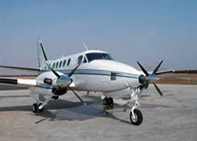
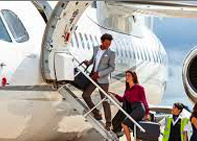
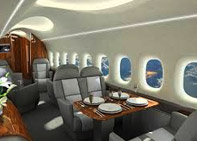
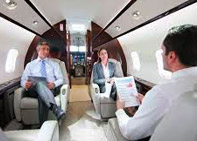
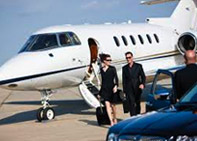


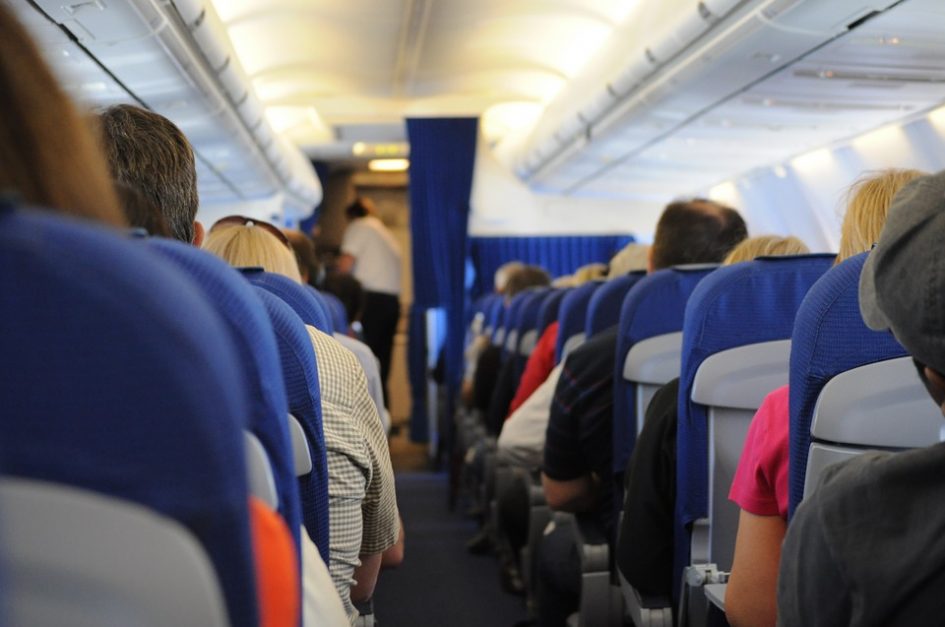
Leave a Reply
You must be logged in to post a comment.